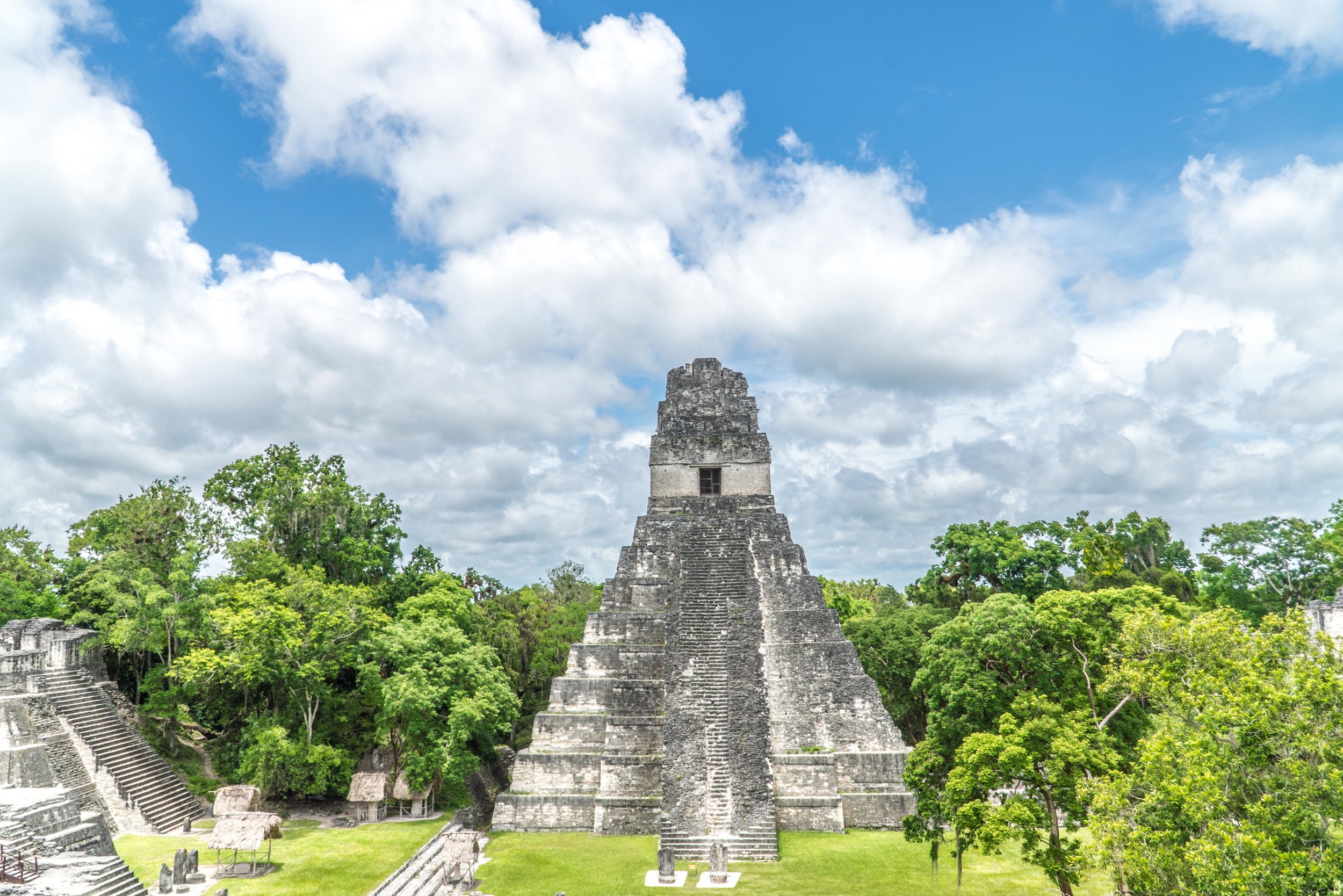8 Bouldering Tips: What I Learned from Indoor Bouldering
Well you can officially file "joining a climbing gym" under “Things I never thought I’d say.” Or rather, perhaps it’s more like I never thought I’d join and actually go (a lot), which in my case, was 10 times in the first month. Hi, my name is Spencer Spellman and I’m an addict.
While I’ve always been an outdoors lover, climbing has never really been of much interest to me. Something about falling on snow from snowboarding or water from paddleboarding seemed more appealing than you know falling on rocks. That and I’m kind of delicate. As a kid, I was on a first-name basis with the nurses of our local ER. If it wasn’t staples for the crack in my head then it was the stitches down the length of my forearm for a bike accident, and if it wasn’t a sling for the dune buggy accident then it was surgery on my finger to remove the small metallic ball that had been shot into my finger from a BB gun (yes, seriously).
Yet there I was a few months ago in the car with a couple LA friends on the way to the climbing gym, albeit they probably didn’t get me inside until the promise of donuts afterward (après-climb?). And then after using just about every one of their guest passes, I got a 10 pack of passes, and then after using all 10 of those in about a month, I got a monthly membership.
And now here I am doling out tips for indoor bouldering. Below, I share a little bit about what I've learned the first few weeks of learning to boulder, including some recommendations from friends and other pros.
8 Bouldering Tips
Go bouldering with friends for the first time
As independent of a person as I am, this was the most important thing the first time I went to the indoor climbing gym. Getting a safety briefing and tips beforehand from trusted friends, followed by encouragement and advice throughout my first few routes gave me the intel, comfort, and confidence that I may not have otherwise had.
What’s more, I don’t know if I’ve participated in an outdoor sport that had such a helpful, encouraging, nice community than rock climbing. I’ve often been going up a new route, when I’ve heard a stranger behind me telling me to straighten my arms, or heard the sounds of claps when I reached the top of a route.
Take a lesson
Even still, I’d recommend taking a bouldering or climbing lesson. An intro to bouldering class offers even more personalized, hands-on instruction for beginners to indoor bouldering. In many cases, after an introductory indoor bouldering lesson you’ll be able to boulder on your own going forward. Many gyms, like my climbing gym, Touchstone, offer climbing classes and intro to bouldering classes for free to members.
Get fitted for good shoes
Climbing shoes aren't your ordinary street shoes. In other words, do not under any circumstances buy climbing shoes online without trying them on. A good start will be renting shoes for at least the first couple times you go to the climbing gym before committing to that climbing life. Climbing gym employees can help you with sizing and intel when first starting to climb, although I’d recommend talking to a reputable outdoor shop, too.
The fact is that climbing shoes take into account different features and fitting considerations than your typical athletic shoe. According to REI, “climbing shoes should fit snug but not painfully.” Additionally, you’ll want to buy shoes that match the type of climbing you plan on doing. For me, the La Sportiva TarantuLace was a great combo of value (thanks REI dividend!) and snug fit for an intro shoe that’s comfortable enough. As WTG’s artist-in-residence, Hannah Sproul said, “You don’t need the coolest, craziest shoes to become a strong climber; regular climbing is ultimately what makes you a better climber."
Once you've properly been fitted for the practical gear, like shoes, then you can add a little personal preference to your gear with things like chalk and a chalk bag (your hands and fingers will thank you for this minimal purchase).
WTG's resident artist, and climber, Hannah.
Practice falling
Nothing felt weirder than starting to go up my first couple of routes at the climbing gym only so that I could practice falling. However, it helped break me of falling habits, like reaching my arms and hands out, which you never want to do while falling at the climbing gym. Never catch yourself with your arms and hands and don’t try to stick the landing. Rather, when falling backwards, you want to bend your knees as your feet land, and then roll back on the padded mat. This post from Climbing Magazine gives some additional guidance.
Learn a little something about routes
Climbing routes, or “problems,” whether indoors or outdoors, are graded on a numerical system. In the U.S., it’s typically graded on the Yosemite Decimal System. However, at many climbing gyms. like mine, you’ll find each route graded on a V Scale that starts at V0 (beginner) and goes up from there. Since I’m just a few weeks into climbing, I’m in the V0-V2 range.
I think this idea of “solving problems” is why I’ve really come to love bouldering so much. Bouldering requires strategy that you don’t exactly get from going to the gym to lift weights or run on the treadmill, for example. Often, you’ll notice climbers standing in front of a route, studying it, and even making some of the movements with their hands before actually starting it. Or, often you may notice climbers talking with one another and sharing “beta,” which is the intel on a route.
Now I don’t think you need to learn routes as intensely when you’re starting like surfers need to learn to read waves, for example, but it has been helpful to learn some basics about the V Scale, while also observing how some of the more advanced climbers approach and “solve” problems.
Keep your arms straight and use your legs
This is the one thing I’m still learning the most as I’m learning to boulder. When I first started bouldering, by default I would reach for a climbing hold and use my weak, skinny arms to pull my entire body weight up. As I quickly discovered, my legs are far stronger, and should therefore do far more of the work. According to climbing athlete Shauna Coxsey, in this Red Bull article, "Think about using your feet and standing up using your legs, not just pulling with your arms.”
Additionally, one of the biggest pieces of feedback I receive is keeping my arms straight. Often, as I’m resting or moving up a route, my arms are bent, which put far more strain on them. Instead, they should be straight, kind of like carrying shopping bags.
Pace yourself before you wreck yourself
Climbing is really unlike most outdoor sports in so many ways, and especially in the way of pace. With many outdoor pursuits, I’m used to spending long extended periods of time actively doing that specific sport, like bicycling and hiking. With rock climbing, however, that can lead to overexertion, and sometimes, injury. In a given hour at the climbing gym, for example, I’ll do 2-3 routes, rest a moment, and repeat. On at least one occasion, I noticed that I did too many routes in a row without resting, and as a result, started feeling muscle tightness.
Stretch it out before and after your climb
I’m sorry, but you’re probably going to be hella sore the day following your first day at the climbing gym. I remember first feeling soreness in ways and places that I didn’t know were possible. However, the combination of pre- and post-workout stretches, and going regularly to the gym have left that behind. And honestly I feel better mentally and physically than ever.
This article in Climbing Magazine, featuring warm-up and cool-down stretches from Heidi Wirtz, is a great starting place.
One final note. I was 34 years old the first time I went to the climbing gym, and I regularly see everyone from small kids to retired men and women going up routes at the climbing gym from all races, backgrounds, and skills. I’ll never be an advanced climber, and honestly don’t know if I’ll ever go bouldering outdoors. But what I do know is that bouldering has become one of my favorite, most unexpected outdoor pursuits. But like many of my favorite outdoor activities, like hiking, for example, it’s not just the activity. In this case, it’s the combination of the community, the mental tactics, and the fact that I could go to the same gym 200 times, and 200 times my experience is going to be different.
What are your tips for first-time climbers learning to boulder?













